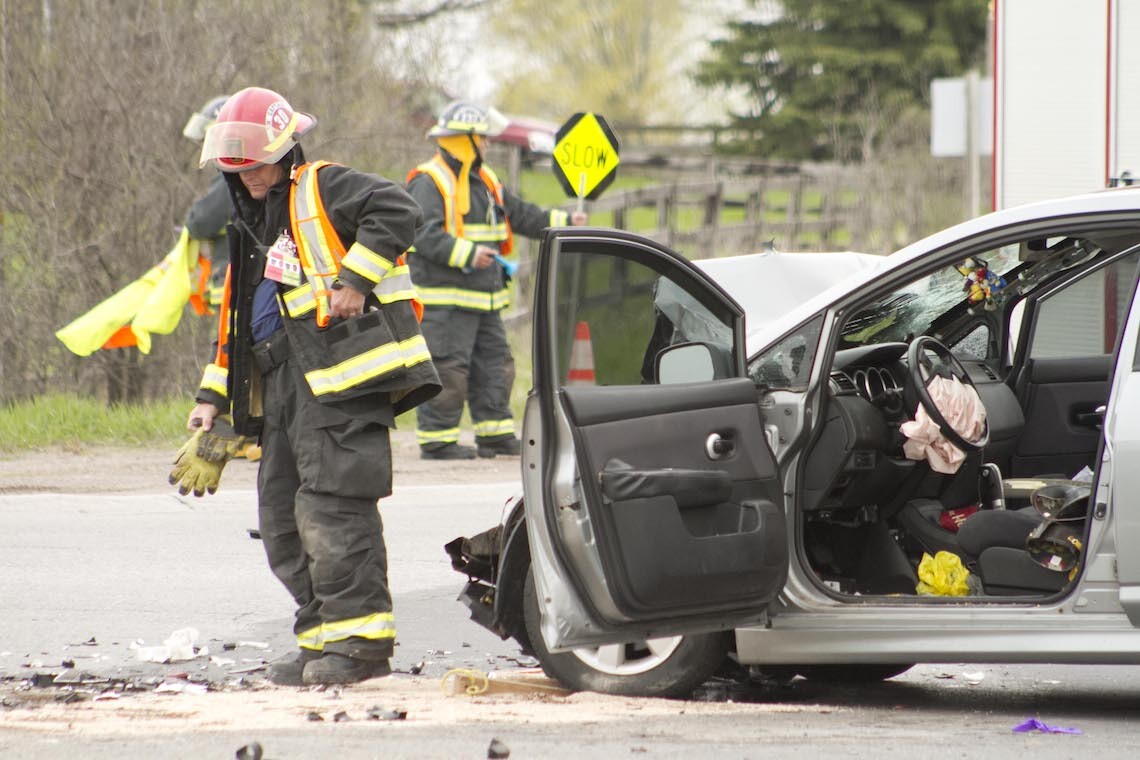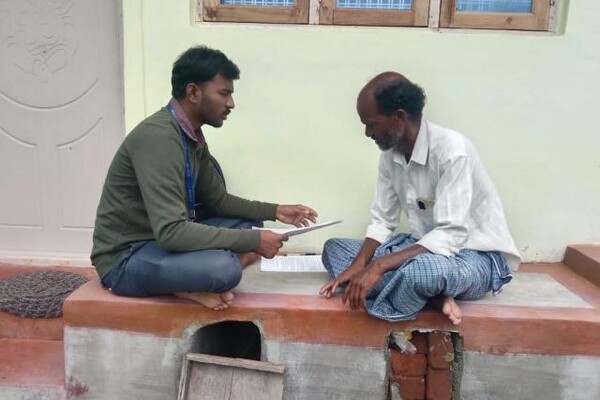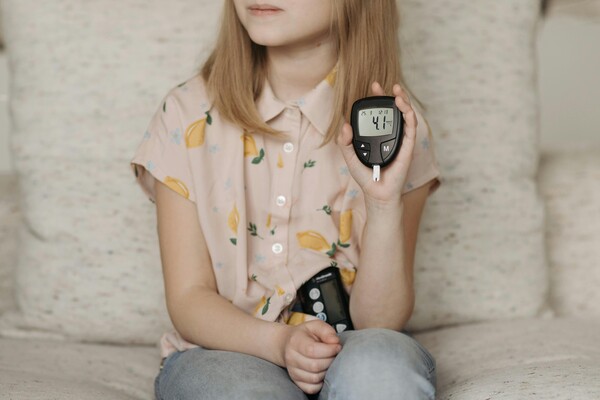Mobile Menu
- Education
- Research
-
Students
- High School Outreach
- Undergraduate & Beyond: Community of Support
- Current Students
- Faculty & Staff
- Alumni
- News & Events
- Giving
- About

With a total solar eclipse approaching North America, researchers are offering advice to prevent a possible surge in traffic fatalities based on new research showing the last eclipse was associated with increased fatal traffic crashes.
“We found a significant increase in traffic risk in the U.S. around the time of the total eclipse, averaging to one extra vehicle crash every 25 minutes and one extra crash fatality every 95 minutes. The total amounted to 46 extra deaths linked to the eclipse,” says Donald Redelmeier, lead investigator of the study and a senior scientist in the Tory Trauma Research Program at Sunnybrook Research Institute. “These increases are similar in magnitude to the increased traffic risks observed around Thanksgiving.”
Published as a research letter today in JAMA Internal Medicine, the researchers suggest the increased risks are difficult to attribute to changes in light.
“Instead, the findings likely derive from increased traffic, travel on unfamiliar routes, speeding to arrive on time, driver distraction by a celestial event, drug-or-alcohol-impairment from related celebrations, or eclipse viewing from unsafe roadside locations,” says Redelmeier, who is also a professor in the department of medicine at the University of Toronto’s Temerty Faculty of Medicine.
The researchers obtained data from the National Highway Traffic Safety Administration Fatality Analysis Reporting System, a registry of fatal traffic crashes on public roads in the U.S. They focused on three days, centred on the day of the last eclipse (August 21, 2017), reasoning that a substantial amount of eclipse-related travel occurred on adjacent days.
They used an official U.S. Navy calculator to categorize crash timing relative to the moment of maximal eclipse based on location latitude and longitude.
A total of 1,878 individuals were involved, of whom 741 were in fatal crashes over the three-day eclipse exposure interval (10.3 per hour). Over the six control days, 1137 were in fatal crashes (7.9 per hour). This corresponded to a 31 per cent increase in traffic risks around the time of the eclipse.
Relative risks were consistent among diverse subgroups and accentuated under clear weather conditions.
“To help prevent another possible surge in traffic fatalities, clinicians might advise patients to respect speed limits, minimize distractions, allow more headway, wear a seatbelt, and to never drive impaired,” says John Staples, co-investigator on the study and a clinical associate professor in the department of medicine at the University of British Columbia.
“More broadly, stakeholders should work toward a transportation system that minimizes traffic risks, tolerates human error, and optimized recovery after a crash,” adds Redelmeier, who is also a scientist at the Institute for Clinical Evaluative Sciences. “These population-based interventions may prevent eclipse-related fatalities and potentially save lives throughout the year.
During the Great American Eclipse of 2017, the eclipse path was narrow at about 70 miles wide, and the eclipse lasted less than three minutes in any one place. The next total solar eclipse will occur on April 8, 2024, and is within driving range for more than 200 million people in the U.S. and Canada. Almost all traffic deaths can be prevented by small changes in behaviour, policy, and community awareness.

